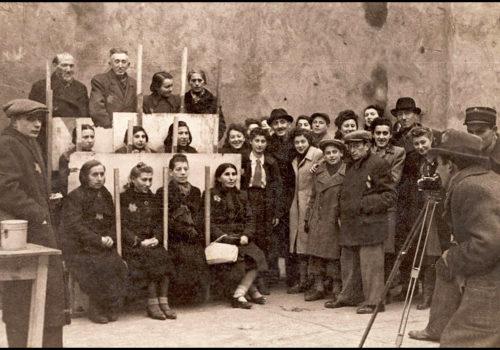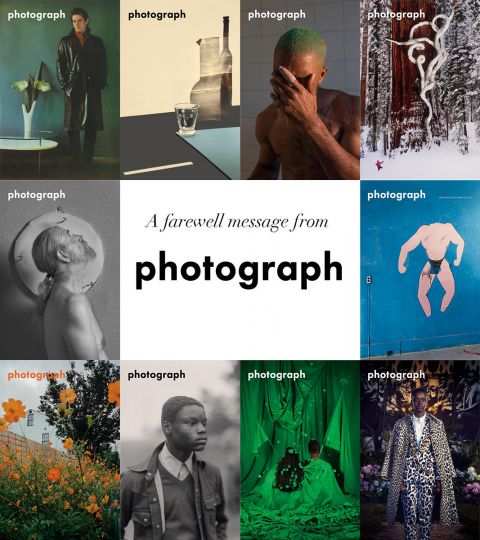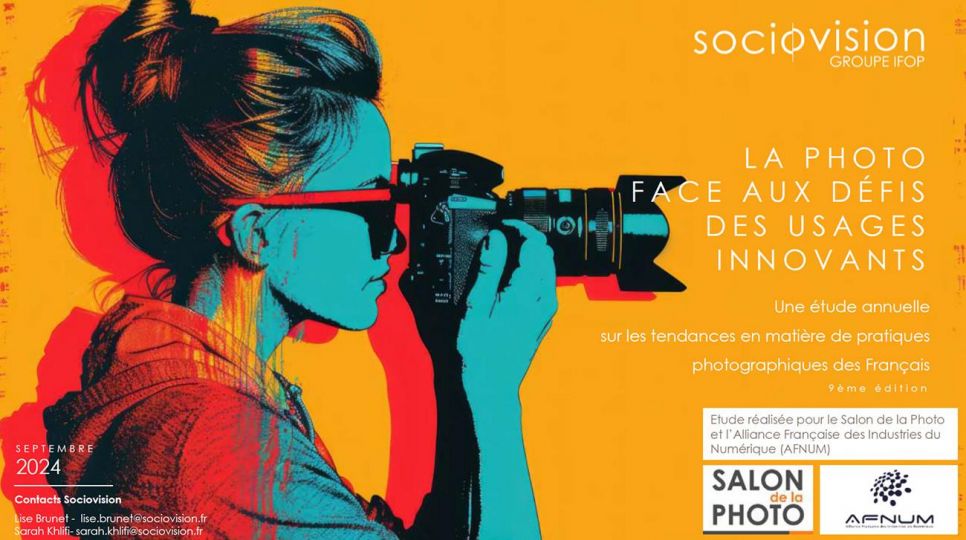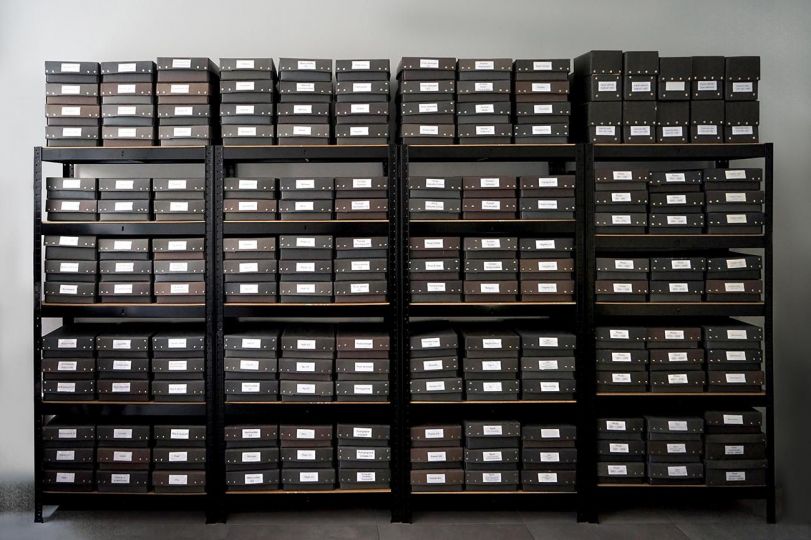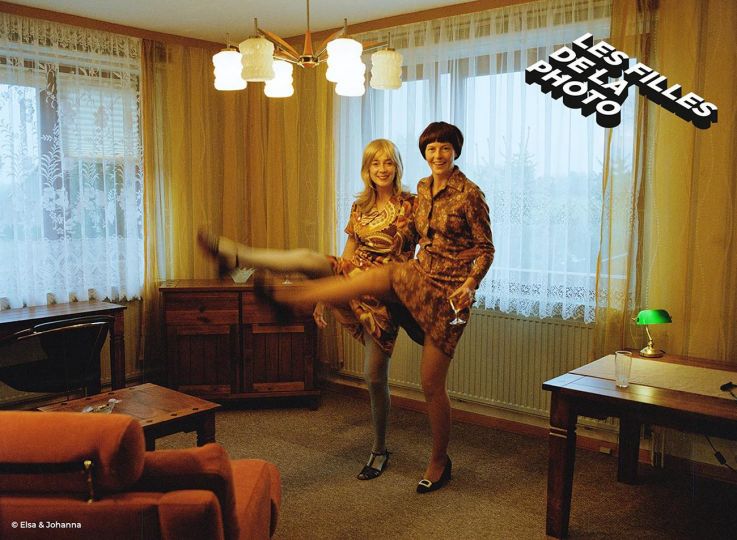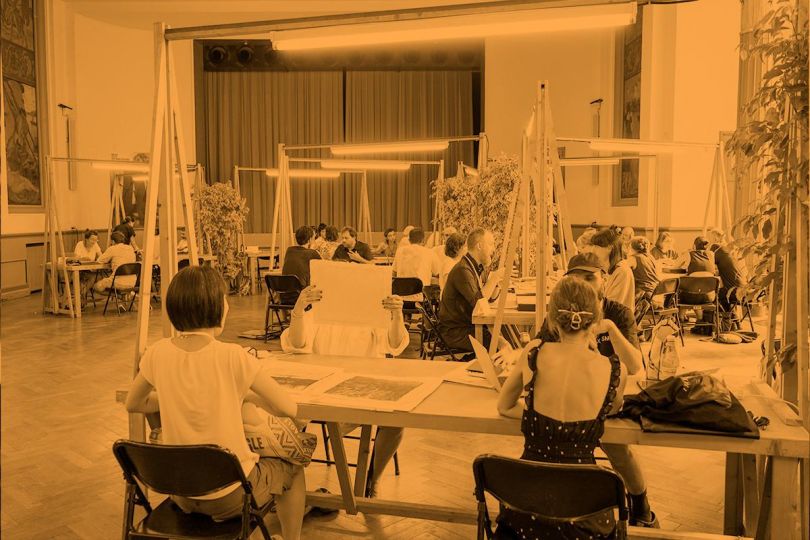Henryk Ross (1910-1991) photographically documented multiple aspects of Jewish people imprisoned inside the Łódź Ghetto in Nazi occupied Poland from 1940 to 1944. Officially, Ross worked for the Statistics Department of the ghetto’s Jewish Administration, photographing the ghetto’s Jewish inhabitants for identification cards and Nazi propaganda. Conversely, Ross risked his unique privileges and his life to photograph the reality of daily ghetto existence. This was especially critical as Jews were banned from owning photographic equipment. Ross understood the importance of photographically documenting the Nazi’s genocide to repudiate those who would not believe or whose who later would deny the Holocaust/Shoah.
Ross’s photographic archive lays bare the issues regarding leadership, social class, forced labor, starvation, and the obliteration of religious institutions in a controlled environment where death was the destination. When the Germans decided to liquidate the ghetto, Ross buried his negatives. He and his wife managed to survive, but upon digging them up after liberation he discovered many of negatives had been damaged by groundwater. Astoundingly, this chance destruction transformed many of the negatives from literal depictions into uncanny, haunted, poetic expressions of what had taken place.
Robert Hirsch
To learn and see more about Ross’s work visit the VASA Journal on Images and Culture project essays and view Robert Hirsch’s “Photography and the Holocaust: Then & Now” Table of Contents at http://vjic.org/vjic2/?page_id=6312 and/or www.lightresearch.net
This series of VASA essays, Photography and the Holocaust: Then & Now, is being expanded into an CEPA Gallery (www.cepagallery.org) project that will open in January 2024. It will feature over 15 contemporary international artists whose practice incorporates new and reimagined works that grapple with the Holocaust and its enduring impact today. The plan includes a virtual walkthrough and online community gallery, public art installations, a virtual and live speaker series, community conversations, youth and adult workshops, and community programming, as well as a virtual Holocaust timeline and publication with essays by historians and scholars.
For more on this subject see: Robert Hirsch’s Ghosts: French Holocaust Children catalog at www.lightresearch.net

